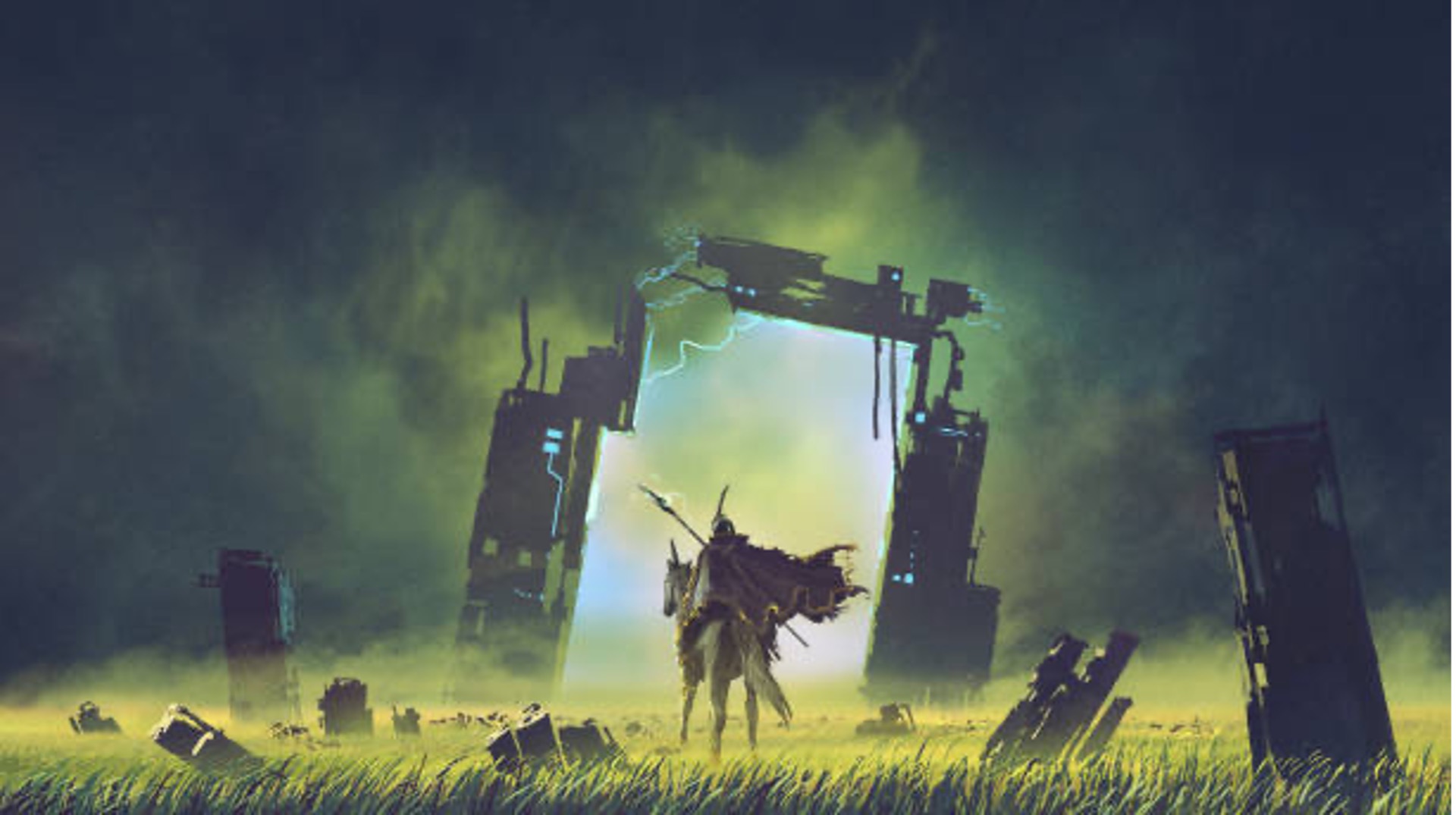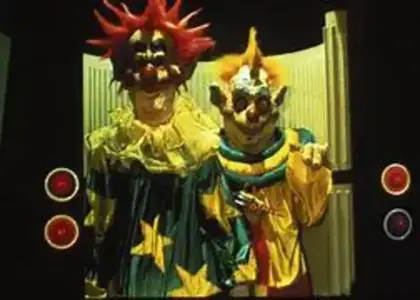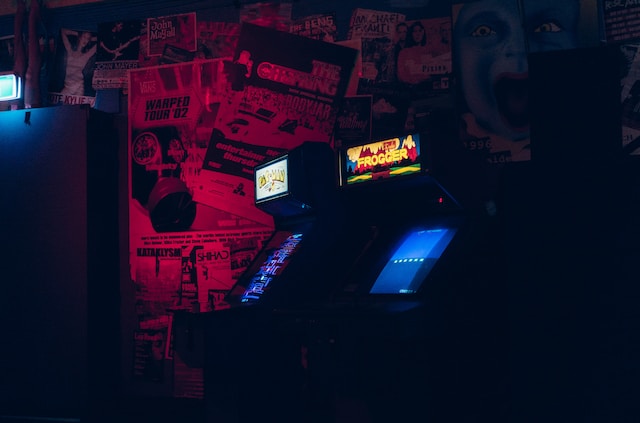In the ever-evolving realm of game development, the seamless fusion of game design and game art serves as the bedrock for creating captivating and immersive gaming experiences.
These two interwoven disciplines play indispensable and complementary roles in crafting visually stunning worlds, engaging gameplay mechanics, and memorable narratives that transport players into fantastical realms. Game design encompasses the art of constructing intricate levels, devising compelling puzzles, and shaping the overall player experience, ensuring a harmonious blend of challenge and enjoyment.
The collaboration between game design and game art, whether through in-house teams or game art outsourcing, is deeply interdependent and symbiotic. The game designer’s vision and mechanics inform the direction and requirements for the art team, while the art team’s creations provide the visual foundation that brings the game designer’s vision to life, enhancing immersion and player engagement.
Through effective communication, iterative processes, and a shared commitment to excellence, the game design and art teams collaborate closely to ensure the seamless integration of gameplay mechanics and visual aesthetics. crucial role in conveying information, evoking specific moods, and reinforcing the overall game design.
Table of Contents
Understanding Game Design
Game design, as the blueprint for interactive and enjoyable experiences, encompasses various crucial elements that work in harmony to create captivating gameplay. Here are some key components involved in game design:
- Rules and Mechanics: Game designers establish the fundamental rules and mechanics that govern the gameplay. These rules define the boundaries within which players can interact and the actions they can perform. Mechanics encompass the core gameplay elements, such as movement, combat, puzzle-solving, resource management, and character progression.
- Player Motivations: Understanding what motivates players is essential for crafting engaging experiences. Game designers delve into player psychology, identifying intrinsic and extrinsic motivators that keep players invested. These motivations can include the desire for competition, exploration, achievement, social interaction, immersion in a rich narrative, or personal growth.
- Level Design: Game designers create compelling levels that provide meaningful challenges and opportunities for exploration. They carefully craft environments, obstacles, and puzzles to maintain a balance between difficulty and enjoyment. Level design considers pacing, progression, and the distribution of rewards to ensure a satisfying and balanced player experience.
- Balancing Challenges: Achieving the right level of challenge is crucial for player engagement. Game designers strive to create a delicate balance, tailoring the difficulty curve to cater to both casual and hardcore players. Balancing challenges involves adjusting enemy AI, fine-tuning puzzle complexity, and ensuring a steady learning curve throughout the game.
- Progression and Accomplishment: Game designers structure the player’s journey by incorporating progression systems and milestones. They carefully design rewards, such as unlocking new abilities, acquiring in-game currency, or accessing new areas, to provide a sense of accomplishment and motivate players to continue playing.
- User Interface and User Experience: Game designers also focus on creating intuitive and user-friendly interfaces that enhance the overall user experience. They design menus, HUD (heads-up display) elements, and interactive elements that facilitate smooth navigation, clear communication, and seamless interaction with the game world.
By considering these aspects, game designers lay the foundation for engaging gameplay loops that captivate players and keep them invested in the gaming experience. They carefully balance challenges, cater to player motivations, and create a satisfying sense of progression and accomplishment, all while ensuring an immersive and enjoyable journey through the game.
The Role of Game Art in Game Design
Game art represents the visual lexicon that injects vitality into the gaming universe. It includes elements like character creation, scenic art, visual impressions, and the design of the user interface. The role of game art is to intensify player engagement, establish the mood, and relay crucial data to the gamers.
By focusing scrupulously on the minutiae, color patterns, and artistic flair, game artists fabricate an aesthetic appeal that strikes a chord with players and harmonizes with the overall game structure.
Collaboration and Iteration
Effective game production hinges on a reciprocal, ongoing interaction between game artists and designers. Their continual dialogue and feedback cycles facilitate the honing of concepts and the integration of artistic and design components.
Game designers lay out the artistic path, confirming its accordance with the game’s core vision and mechanics. Meanwhile, game artists inject originality and visual pizzazz, thereby enhancing the player’s journey within the game.
Creating Immersive Experiences
The harmonious blend of game design and art culminates in absorbing journeys that fascinate the players. Artistic representation and visual narratives stir feelings, set the game’s unique character, and plunge players deep into the gaming universe.
Components of game art, like enthralling character illustrations, intricately crafted surroundings, and smooth animations, intensify player interaction, rendering the digital realm vibrant and encouraging exploration.
Balancing Constraints and Creativity
Striking a balance between artistic freedom and technical boundaries continually poses a challenge to both game designers and artists. Artistic dreams need to be molded to accommodate technical restrictions to guarantee peak performance and effectiveness.
Adopting a cyclic method, working in close partnership, and viewing the limitations as catalysts for inventive ideas, game designers and artists have the potential to expand the limits of what can be achieved in the gaming domain.
Conclusion
The convergence of game design and game art is the enchanting juncture in game creation. The flawless fusion of design tenets and artistic renditions births compelling experiences that deeply resonate with gamers. Recognizing the interdependent relationship between game design and game art enables developers to forge games that etch enduring impressions on players, extending the limits of narrative, aesthetics, and player involvement.
Recognizing the craftsmanship inherent in game design and game art allows us to harness the might of teamwork and spark inspiration in forthcoming cohorts of game developers and artists to delve into the abundant potential of this vibrant crossroads. Let’s persist in applauding the artistry in game design and game art, uncovering novel vistas and pushing the frontier of interactive amusement.







Leave a Reply